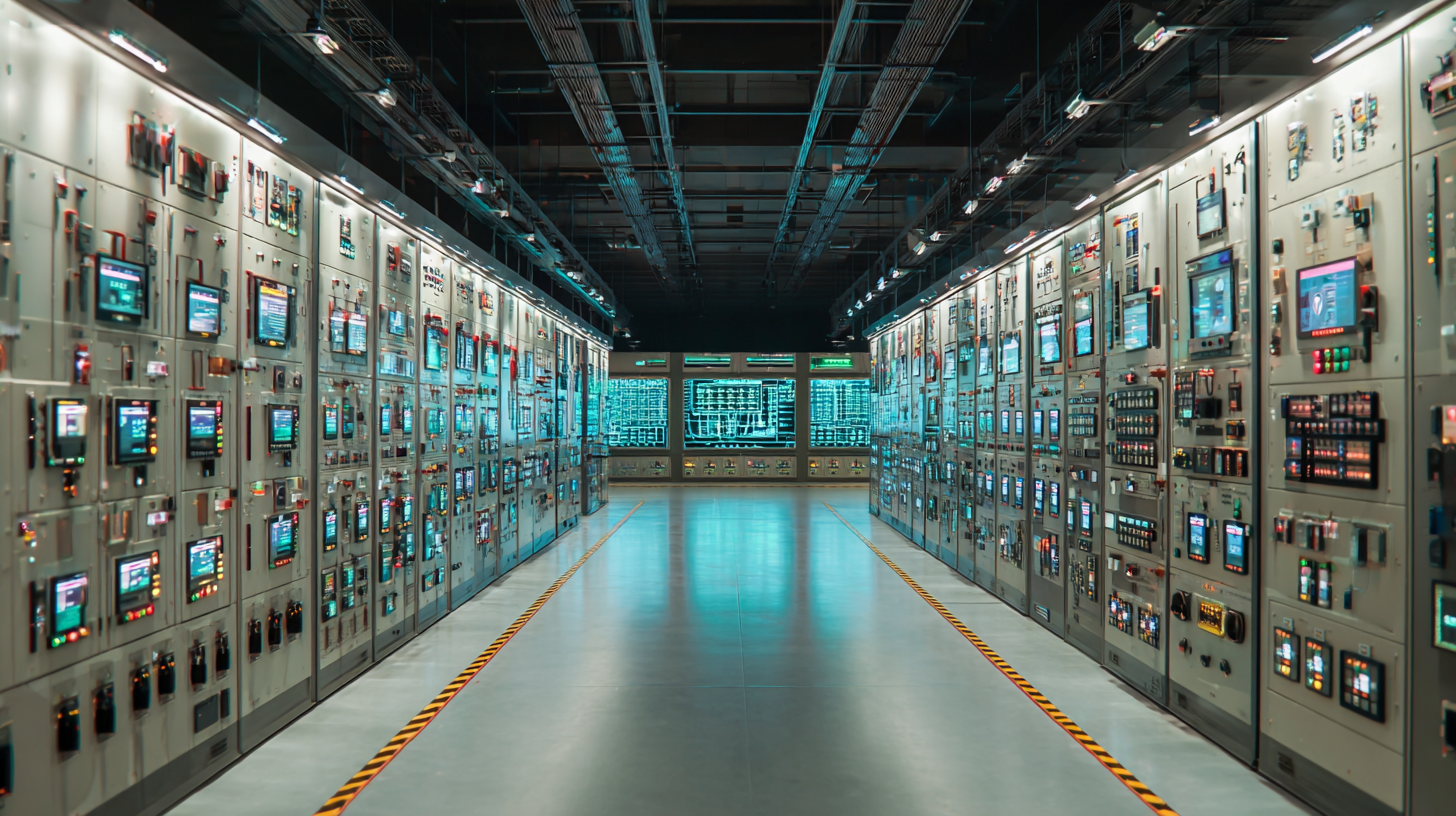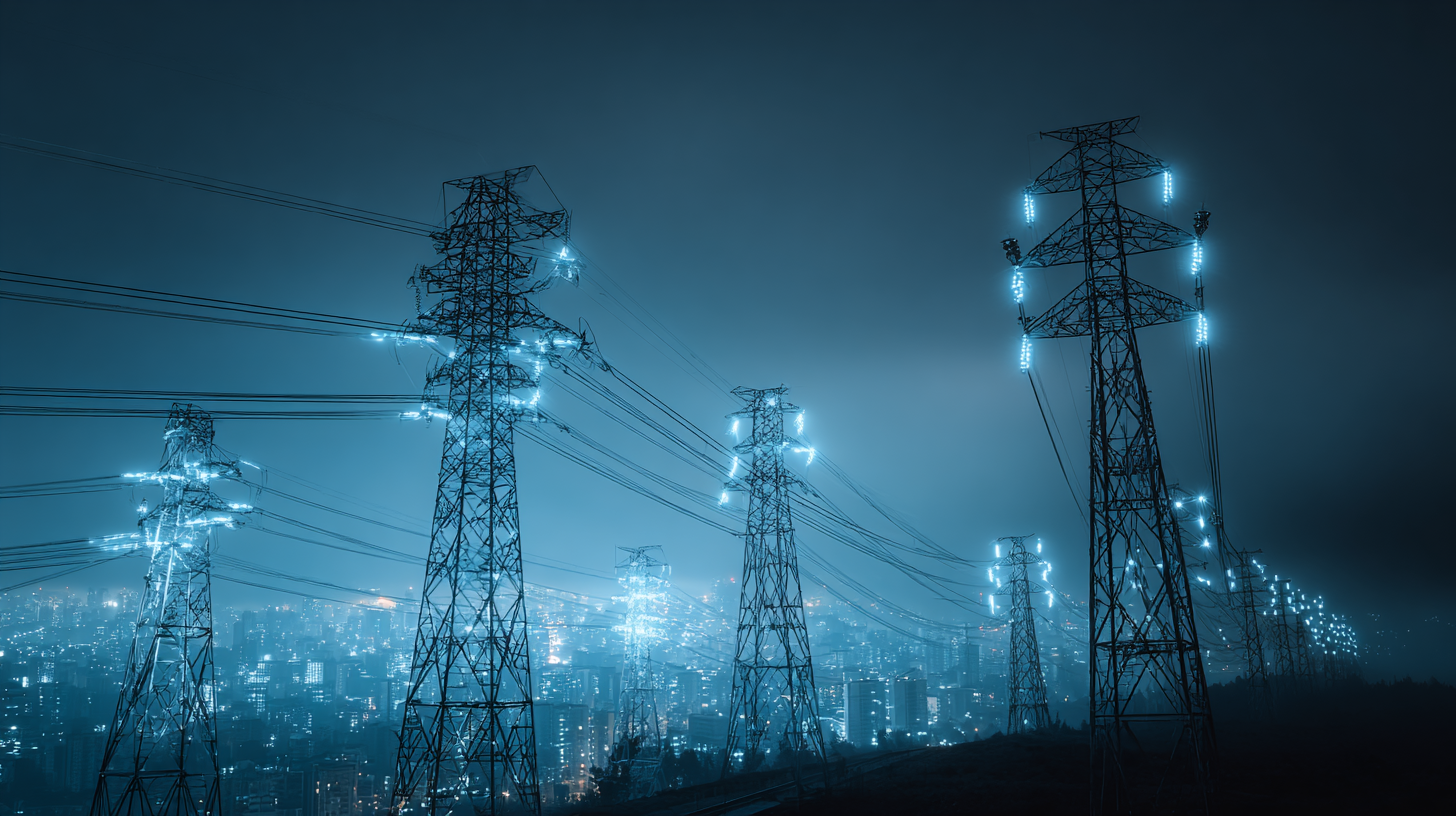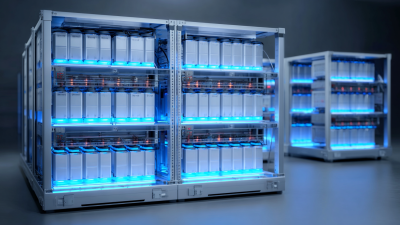As urban populations continue to grow and the demand for sustainable energy solutions escalates, the role of electrical power systems in smart cities becomes increasingly crucial. These advanced systems are not merely about distributing electricity; they represent a pivotal shift towards enhancing energy efficiency and enabling the integration of renewable energy sources. Innovations in smart grids, energy storage, and demand response technologies are transforming the way we generate, consume, and manage electrical power. By harnessing data analytics and IoT connectivity, electrical power systems in smart cities can optimize energy use, reduce carbon footprints, and foster a more resilient infrastructure. This revolution not only promises to meet the energy challenges of today but also paves the way for a more sustainable and intelligent urban future.

As urban populations continue to rise, the need for efficient energy systems becomes more pressing. Smart grids play a pivotal role in transforming urban landscapes, offering enhanced energy efficiency through advanced technologies and data analytics. According to a report by the International Energy Agency (IEA), smart grids can reduce energy losses in transmission by 10-15%, translating into significant cost savings for cities and residents alike.
Moreover, the integration of renewable energy sources into smart grids amplifies their impact on sustainability. A report from the World Economic Forum highlights that cities equipped with smart grid technology can improve their energy efficiency by up to 30% by 2030. This shift not only contributes to lowering carbon footprints but also enhances the reliability of energy supply. By leveraging real-time data, smart grids facilitate better demand-side management, allowing cities to respond dynamically to energy consumption patterns, ultimately leading to a more resilient urban environment.
The adoption of smart grids is increasingly seen as essential for future-proofing our cities. With investment in smart grid technology expected to exceed $200 billion globally by 2025, urban areas that embrace these innovations are poised to lead the way toward a more sustainable and energy-efficient future.
This chart illustrates the projected energy efficiency improvements in different sectors of smart cities over the next decade. The data shown represents the percentage reduction in energy consumption due to the implementation of smart grid technologies.
The integration of renewable energy sources into power systems is essential for the development of smart cities. As urban populations expand, energy demands grow, necessitating innovative approaches to supply and manage electricity sustainably. Advances in artificial intelligence (AI) play a critical role in this transformation, particularly through hybrid solar energy systems that utilize smart materials and adaptive photovoltaics. These systems enhance energy generation efficiency by optimizing energy capture using real-time data and forecasting, thereby aligning with the resource availability.
Moreover, strategic designs in energy management, such as incorporating wind energy and battery storage, address the intermittency of renewable sources. Smart grid technologies are also pivotal, allowing for decentralized energy distribution which improves overall energy efficiency. By leveraging machine learning and advanced forecasting, cities can create resilient energy infrastructures that not only support sustainability but also improve the quality of urban life. As governments prioritize digitalization and smart technologies, the potential for a sustainable energy future within smart cities becomes increasingly attainable.

The integration of IoT in real-time energy management is poised to transform energy efficiency in urban environments dramatically. The global market for IoT energy management is projected to grow from $70.58 billion in 2023 to an impressive $222.56 billion by 2030, reflecting a robust compound annual growth rate (CAGR) of 17.8%. This surge is largely driven by increasing concerns over sustainability and the need for improved energy efficiency in smart city developments.
Furthermore, energy management systems are increasingly becoming essential for urban planning and management. The building management systems market, for instance, is expected to reach $19.8 billion by 2024, with a CAGR exceeding 15.3% between 2025 and 2034. These trends suggest that as cities incorporate IoT technologies alongside AI, they are not only improving resource management but also enhancing the overall quality of life for residents through smarter, more efficient energy usage.
The intersection of these technologies promises a future where urban settings can operate sustainably while meeting the growing energy demands of their populations.
Innovative technologies are at the forefront of enhancing energy efficiency, particularly in smart cities where energy storage and distribution systems play a crucial role. Among these technologies, distributed energy resources are gaining traction, as they allow for small-scale electricity generation close to consumption points through systems like rooftop solar. This localized approach not only reduces transmission losses but also empowers consumers to manage their energy consumption effectively.
Tips for leveraging distributed energy systems: Assess your local energy grid and understand your energy needs. Investing in smart energy management systems can help maximize efficiency by coordinating between various energy sources. Additionally, adopting energy storage solutions can buffer against fluctuations in supply and demand, ensuring a stable and reliable energy supply.
As the market for energy storage technologies continues to grow, innovations such as graphene-based solutions promise to revolutionize the energy landscape. These advancements not only aim to improve efficiency but also contribute to sustainability goals by enabling cleaner energy transition. Embracing these innovative technologies will be key for smart cities to achieve their energy efficiency objectives and foster a resilient energy infrastructure.
The transition to smart energy solutions in cities hinges significantly on effective policy and regulation. According to a report by the International Energy Agency, cities account for approximately 70% of global energy consumption and around 75% of CO2 emissions. To combat this, governments are increasingly adopting regulations that incentivize energy efficiency and promote the integration of renewable energy sources. For instance, cities implementing stringent energy codes and efficiency standards have reported up to a 30% reduction in energy use, as showcased in several European case studies.
Moreover, enabling frameworks such as financial incentives, grants, and public-private partnerships are critical in accelerating this transition. A recent analysis by Navigant Research indicates that smart city investments in energy efficiency are projected to reach $25 billion annually by 2025. Policy measures that support infrastructure development—such as smart grids and energy management systems—will further enhance cities' capabilities to monitor and optimize energy use in real time. Hence, strong regulatory frameworks paired with technological innovations will be vital in shaping the sustainable energy landscape in urban environments.





